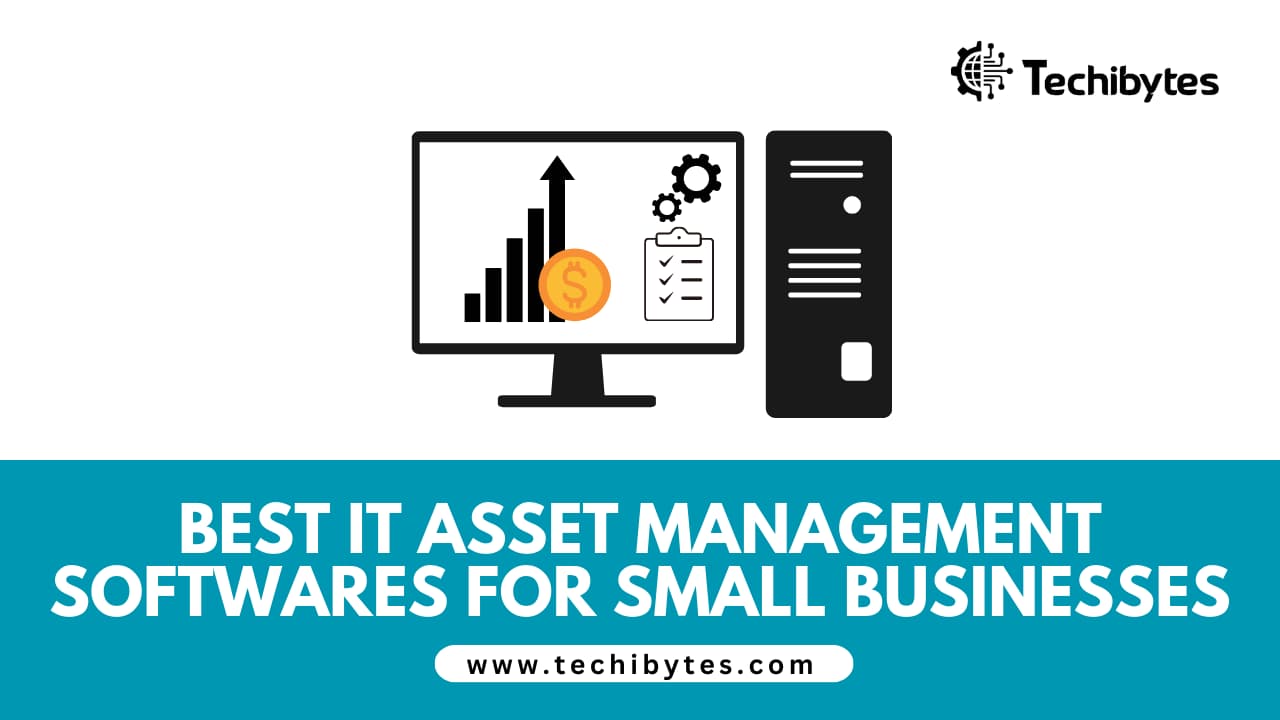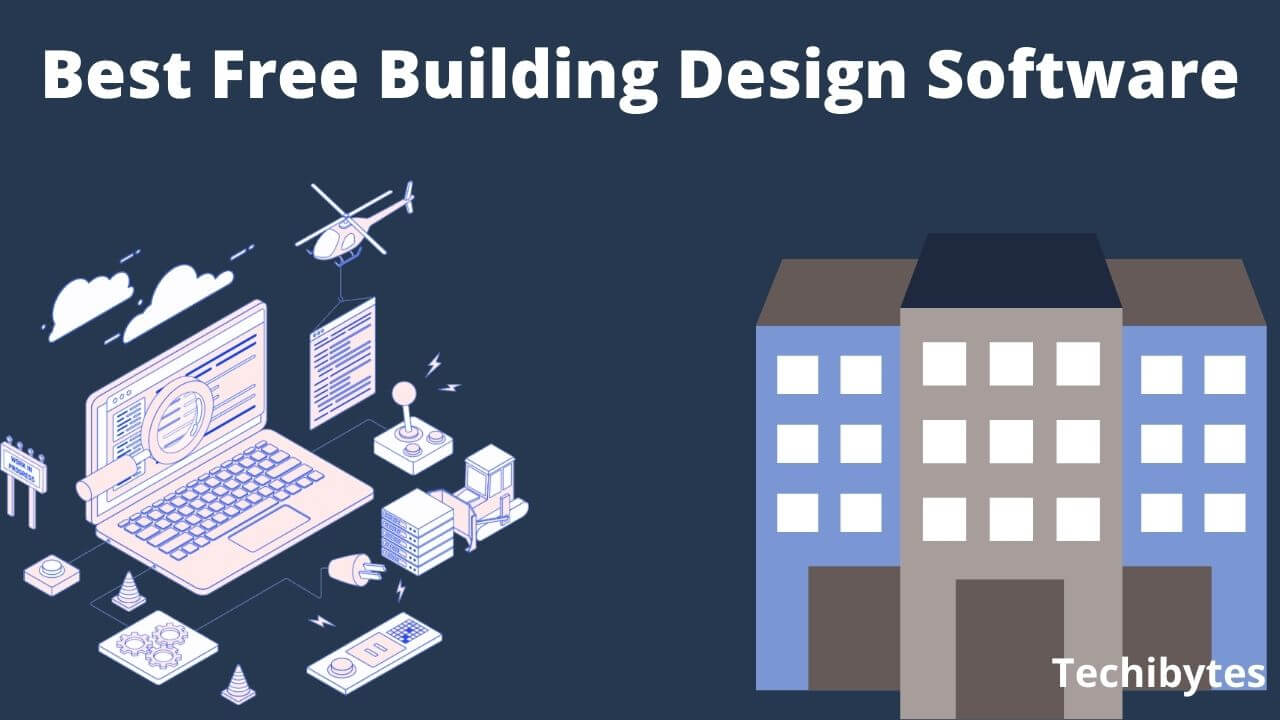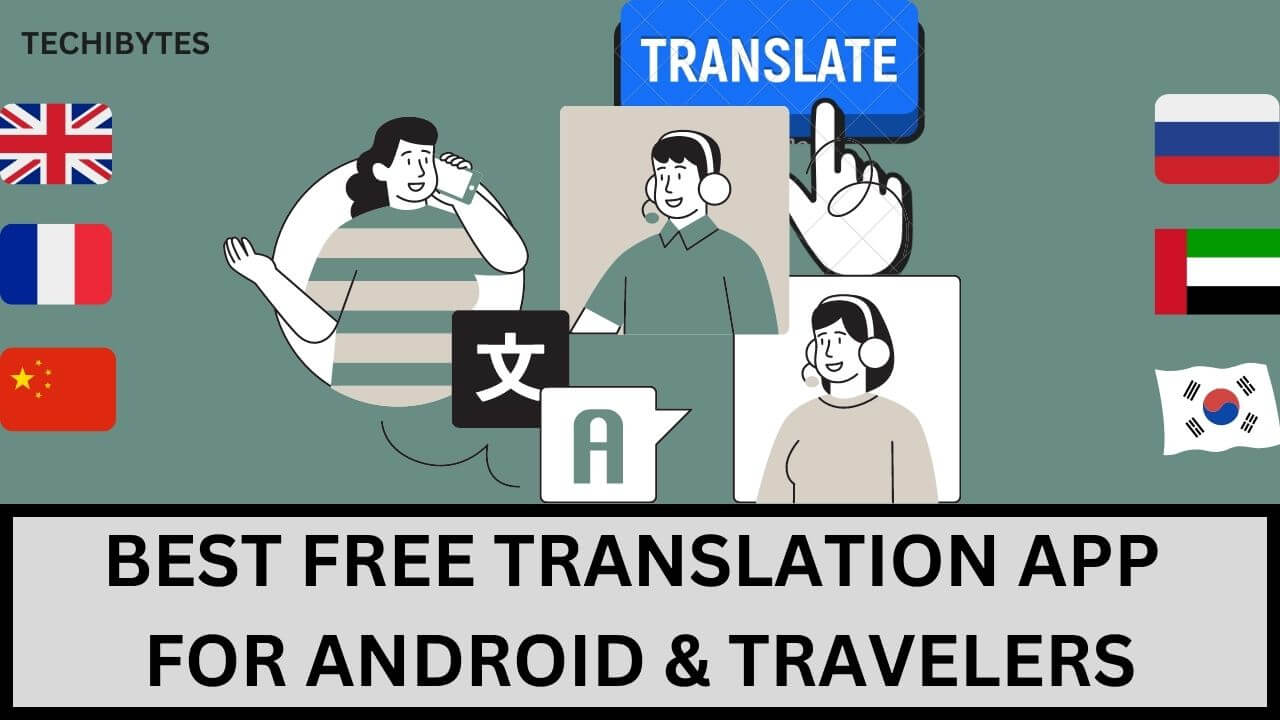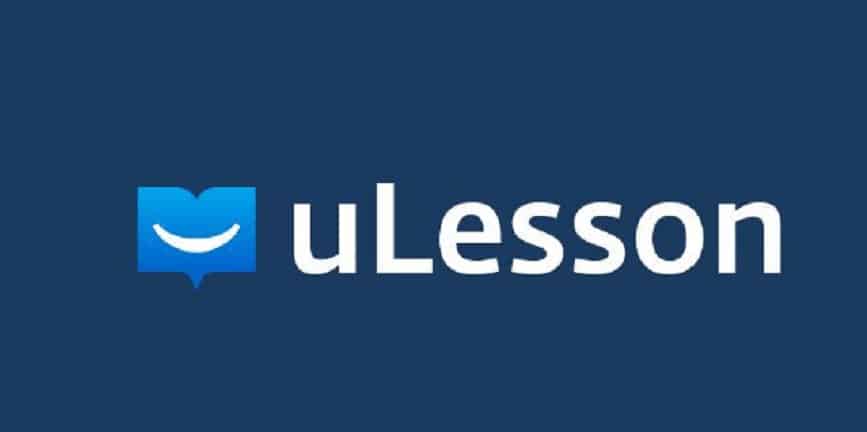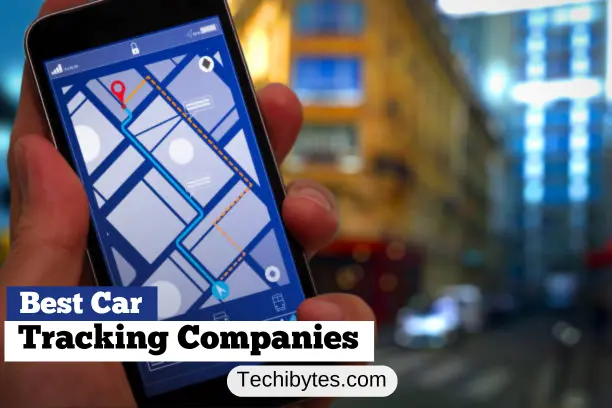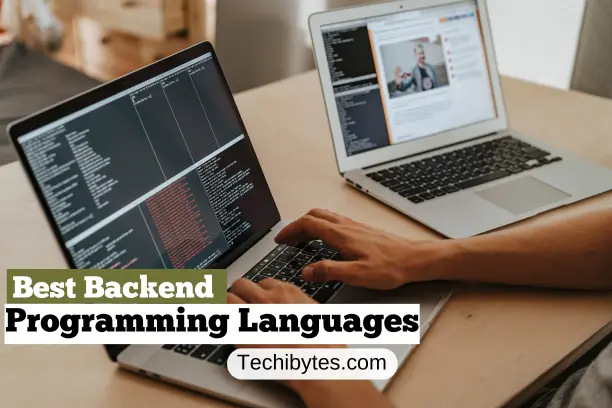IT asset management (ITAM) software refers to a category of programs designed to help you track and manage software and hardware assets. Any hardware device or software an organization owns for in-house use, rent, or sale is generally its IT asset.
ITAMs help track a company’s IT assets, purchases, and incidents to help them decide what they need to buy, discard, or fix. While these programs are not essential to every business, they’re indispensable in many.
For small businesses that need IT asset management software programs, this article will show you the best options and why they’re so popular. Before then, however, let’s look at the process of choosing relevant ITAM software for a small business.
Table of Contents
HOW DO I CHOOSE THE BEST IT ASSET MANAGEMENT SOFTWARE?
IT asset management software solutions don’t come for free, and they usually aren’t cheap either, so you need to ensure you’re choosing the absolute best for your organization at first go, but how do you do that?
The best way to choose the best IT asset management software is to understand the factors to consider when choosing one and use them as a benchmark to evaluate your options. While the factors typically differ from business to business, these tend to stay consistent across the board.
1. Cost
The cost is the first and most crucial indicator for determining excellent IT asset management software for a business. As the one in charge of making the decisions, you don’t want to go with a software solution that sells for way above your organization’s budget.
Before making a purchase decision, it’s essential to analyze your options, compare the prices, and come up with a shortlist of the ones you can afford. Then, you can proceed to apply the rest of the factors to those that meet the price requirement for which IT asset management software is best for your business.
2. Technical Support
When buying expensive business software, technical support must always be a non-negotiable addition to the package. Regardless of how savvy your company’s IT department may seem to be, there will always come scenarios when you need the original creators of certain software programs to help, and they must be available and willing.
Any IT asset management software that doesn’t offer 24/7 support for paying customers through at least one channel is a no-no for all business sizes, regardless of the price.
3. License
You should always pay attention to the license that comes with the software you buy, especially if your business is no longer tiny. If you’re serving customers that may also need asset management software, you may need a license that’s different from that of a regular end user.
Before buying, you may want to familiarize yourself with the software’s license agreement to ascertain that it applies to you.
4. Reviews
Since you’re not the first ever person or business to buy the IT asset management software, you want the opinion of other buyers as one of the factors to shape your purchase decision. You can easily get their opinion by going online and reading reviews on websites like Trustpilot.
If there seem to be too many people complaining about different aspects of the software, it just mightn’t be the best purchase decision for you.
5. Type
While the term ‘IT asset management software’ may sound specific, it’s not; there are several types, and you must choose exactly what’s best for your business.
Talking about types, there are financial asset management services, physical asset management services, and software asset management software, among others.
While we won’t be diving deep into each of them and what they do in this article, consider learning thoroughly about each of them and how they work to understand which is the best for your business.
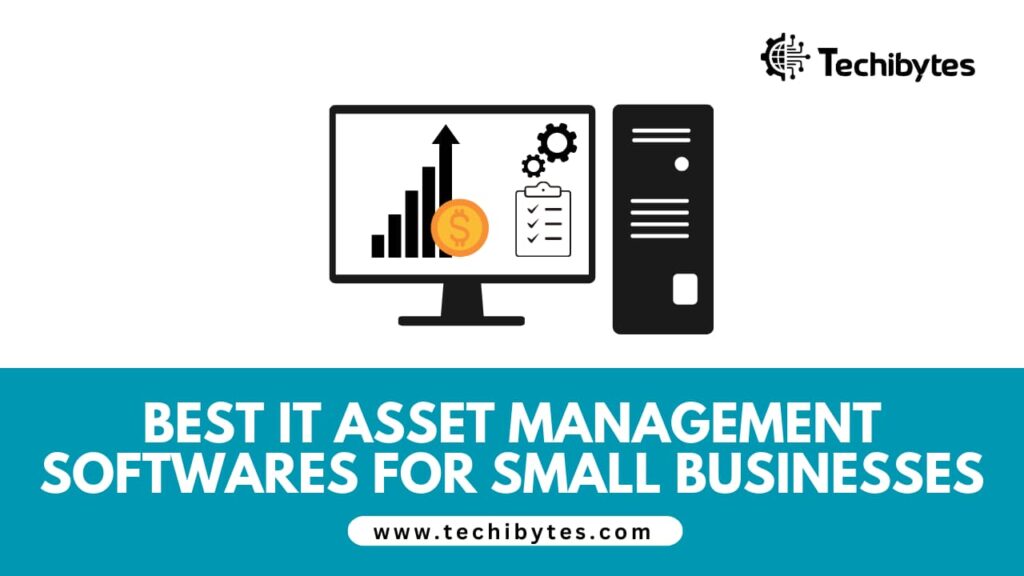
12 BEST IT ASSET MANAGEMENT SOFTWARE
1. SolarWinds
SolarWinds may not be an asset management-only software, but it does excel at the job too. It’s web-based, so you don’t have to buy a new set of computers to use the service, and you can easily integrate it with the business and enterprise tools you already use.
SolarWinds IT asset management (ITAM) software has a couple of unique features that set it apart from the competition, like automation and excellent incident management capabilities for all your IT assets.
The pricing for SolarWinds isn’t public; you’ll need to contact the company for an estimate of how much your business will be paying to use the service.
2. Freshservice
Freshservice markets its product as IT service management software, but there’s no harm in using it for ITAM if the available features match what you need in one. You shouldn’t expect the same feature set as a proper IT asset management software, but it’s also not as expensive, and it might just be all you need.
With features like smart automation and rapid deployment, it’s the perfect solution when you need to get more done in less time. Freshworks also offers a 21-day free trial to Freshservice so you can try the program to see how well it fits into your workflow.
3. SysAid
SysAid offers business tools for large enterprises with an elite customer base including the likes of Coca-Cola, Bacardi, and Johns Hopkins University. If you don’t mind paying a premium for one of the best IT asset management software for medium and large businesses, SysAid’s solution should work for you.
With features like patch management, IT inventory management, hardware and network monitoring, network discovery, and help desk integration, you get one of the most fully featured programs in the industry with SysAid.
There’s also a free trial–sort of; use the “Get a demo” button and SysAid will let you try out the software without charging you a dime.
4. Jira Service Management
If you love Trello, it wouldn’t be a terrible idea to try an asset management solution from the same company, would it? Jira Service Management is an ITAM and ITSM software solution for medium and small companies that takes the technicality out of asset management programs.
It’s even better if you use products like Trello, as Atlassian confirms that it intentionally makes Jira work intelligently with other products in its catalog.
If you’re considering going all-in with Atlassian’s solution, it might interest you to learn that the Atlassian Marketplace has over 1,000 applications that work just right with Jira, including several you already use.
5. Atera
Businesses that need to manage IT assets for several endpoints may end up having to pay too much for software, and Atera has come to solve that problem.
By making its software available to an unlimited number of devices for a low rate, Atera is easily the most practical IT asset management software for small businesses with a growing customer base.
What’s more, you can try Atera’s features and interface for 30 days at no charge, giving you no reason not to trust the business to offer an excellent piece of software. In addition to ITAM software, Atera offers you features like inventory management, customized alerts, and automated reports.
6. Snipe-IT
Like SolarWinds, Snipe-IT is a web-based IT asset management software with a legion of features that make managing your IT assets a breeze. It integrates easily with other cloud-based services like Google Workspace, making it a collaborative piece of software that does its job excellently.
While Snipe-IT has a free version, it’s more like a free trial that’s impracticable for a business to use in the long run.
For anything serious, you should start considering the monthly, annual, or enterprise subscriptions that cost $39.99, $399.99, and $4,999.99 respectively.
7. Asset Panda
Asset Panda is one of the better IT asset management software for small businesses, primarily because it was designed to perform the purpose. Thanks to its cloud-based nature, Asset Panda saves your work in real-time, making it a hassle-free tool for its purpose.
The cloud-based solution makes it easy to sync data about your IT assets seamlessly across your tech stack, as it supports several online tools, including Google Drive and related workspace environments. If you ever encounter issues using Asset Panda, the support department will ensure you get help within 24 hours.
8. Zoho Inventory
Zoho is not a new name in the business software industry, but Zoho Inventory for ITAM and ITSM isn’t exactly a household name. However, the program lives up to the standard of every other Zoho app, making it a worthy addition to this list.
It’s a bit simpler than some alternatives on this list, but it has features that warrant a second look. For instance, it integrates excellently with many industry-leading business tools, including those Zoho doesn’t own, like Zapier, Salesforce, and Google Workspace.
If you don’t want to overthink your choice of IT management software, Zoho inventory is an excellent starting point.
9. Ivanti Neurons Strategic IT Asset Manager
Ivanti is one of the industry’s leading IT asset management software solutions with an intuitive program that integrates your IT assets and lets you configure, optimize, and track them throughout their lifecycle.
Since Ivanti has an entire business software suite, you can integrate IT asset management software with its industry-leading service management tool for up-to-date information and enhanced service delivery.
If you already use a product from Ivanti, Ivanti Neurons should be your first pick for an ITAM or ITSM solution.
10. ServiceNow
ServiceNow is one of the older IT asset management software, ruling the industry for the better part of the last decade. In addition to offering industry-leading IT asset management software, ServiceNow also has an IT service management tool.
The company doesn’t make the prices for its products public, but you can get a quote from an employee to know roughly how much you’ll be paying for the company’s ITAM solution.
With contract management and asset governance control, ServiceNow has enough features that you’ll not even consider an alternative.
11. xAssets
xAssets is a robust IT asset management software that lets you try out how well the software fits into your workflow without having you pay the enormous amount companies typically charge you upfront.
You can use the free trial version with one user and 100 discovered nodes, but anything over that will require any of the premium plans.
The professional and enterprise versions of xAssets start from $1,000, and the price increases with the size of your company. On the bright side, you get extra features like barcoding, KPI and management reporting, contract management, and integration with several services in addition to its primary function: IT asset management.
12. AssetExplorer
As its name suggests, AssetExplorer deals primarily with asset management, offering several related services to customers. Among others, you can discover existing assets, track their cost and usage, manage asset inventory, manage licenses and contracts, and manage deadlines with this program.
Unlike many competitors, AssetExplorer has a free trial that lets you test a limited version (250 assets) for up to 30 days at no cost. There’s also a free version that you can use indefinitely without paying, but it’s so limited that you’re better off paying the company.
FAQS
How do you keep track of IT assets?
The easiest way to keep track of your IT assets is by using IT asset management software. They typically don’t come for free, but the price is usually worth the value, especially when you compare it to using tools like Microsoft Excel.
What are the types of IT asset management?
IT asset management has two broad categories: hardware asset management, which involves physical devices like printers and personal computers, and software asset management, which includes websites, apps, and other digital assets.
RECOMMENDED POSTS
20 Best Accounting Software For Small Businesses
10 Best Scheduling Software For Business
4 Reasons Businesses Are Adopting Document Management Software
CONCLUSION
When buying IT management software, avoid conflating ITAM with ITSM, as they refer to different categories with slightly different purposes. While they’re sometimes interchangeable, you want to buy what you need without going through the hassle of setting anything up for compatibility.
If you liked this article, then please subscribe to our YouTube Channel for videos relating to this article. You can also find us on Twitter and Facebook.
